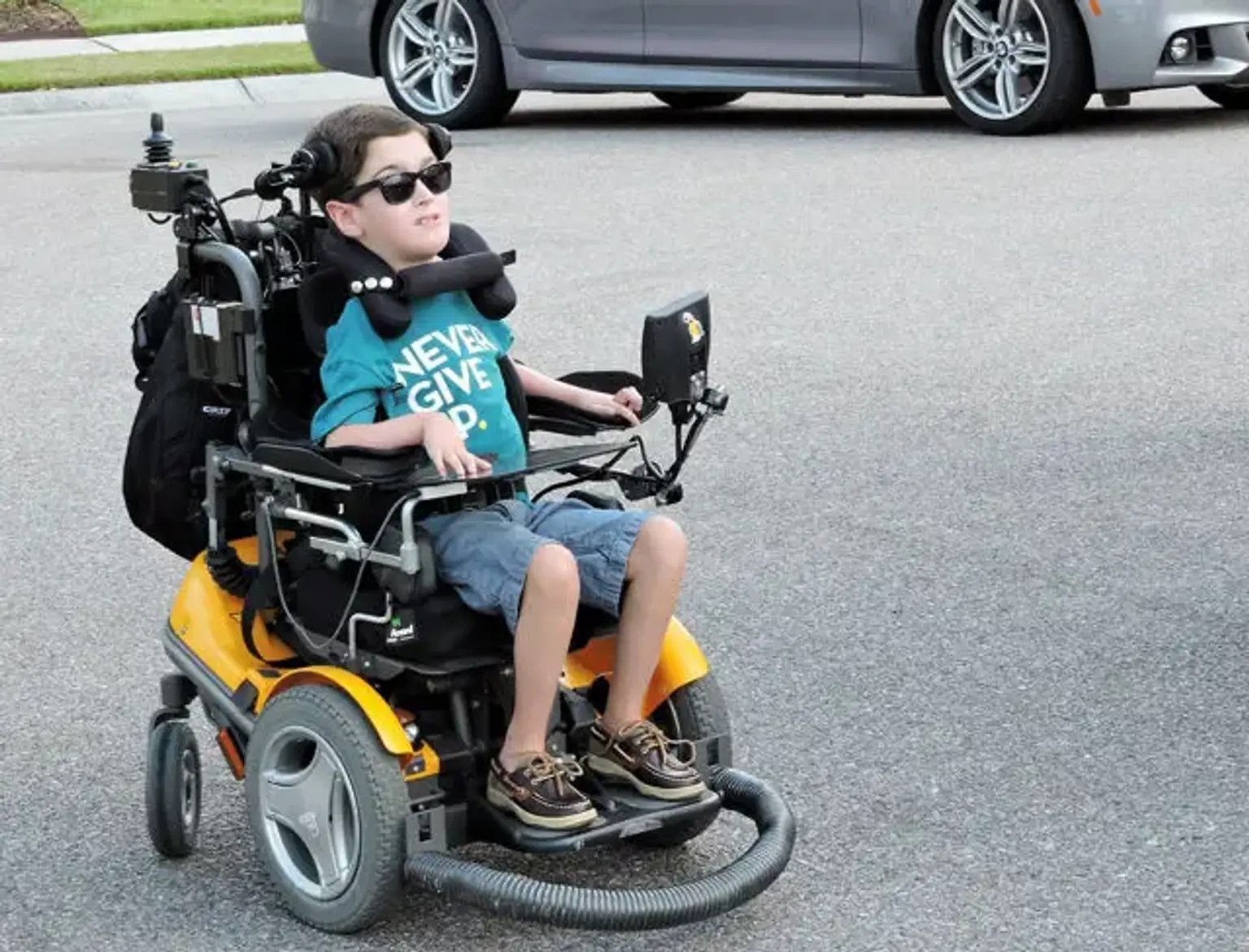Spinal muscular atrophy (SMA)
Overview
The spinal muscular atrophies (SMAs) are an autosomal-recessive category of illnesses characterized by increasing weakening of the lower motor neurons.
Werdnig and Hoffman documented a condition of increasing muscle weakening beginning in infancy that led in early mortality, albeit the age of death was varied, in the early 1890s. The condition was defined pathologically by the loss of anterior horn cells. Following pathologic examinations revealed a loss of anterior horn cells in the spinal cord and cranial nerve nuclei, confirming the key function of lower motor neuron degeneration.
Since then, various forms of spinal muscular atrophies have been defined depending on age and the appearance of concomitant clinical symptoms. Acute infantile (SMA type I, or Werdnig-Hoffman illness), chronic infantile (SMA type II), chronic juvenile (SMA type III, or Kugelberg-Welander disease), and adult onset (SMA type IV) varieties are the most prevalent.
